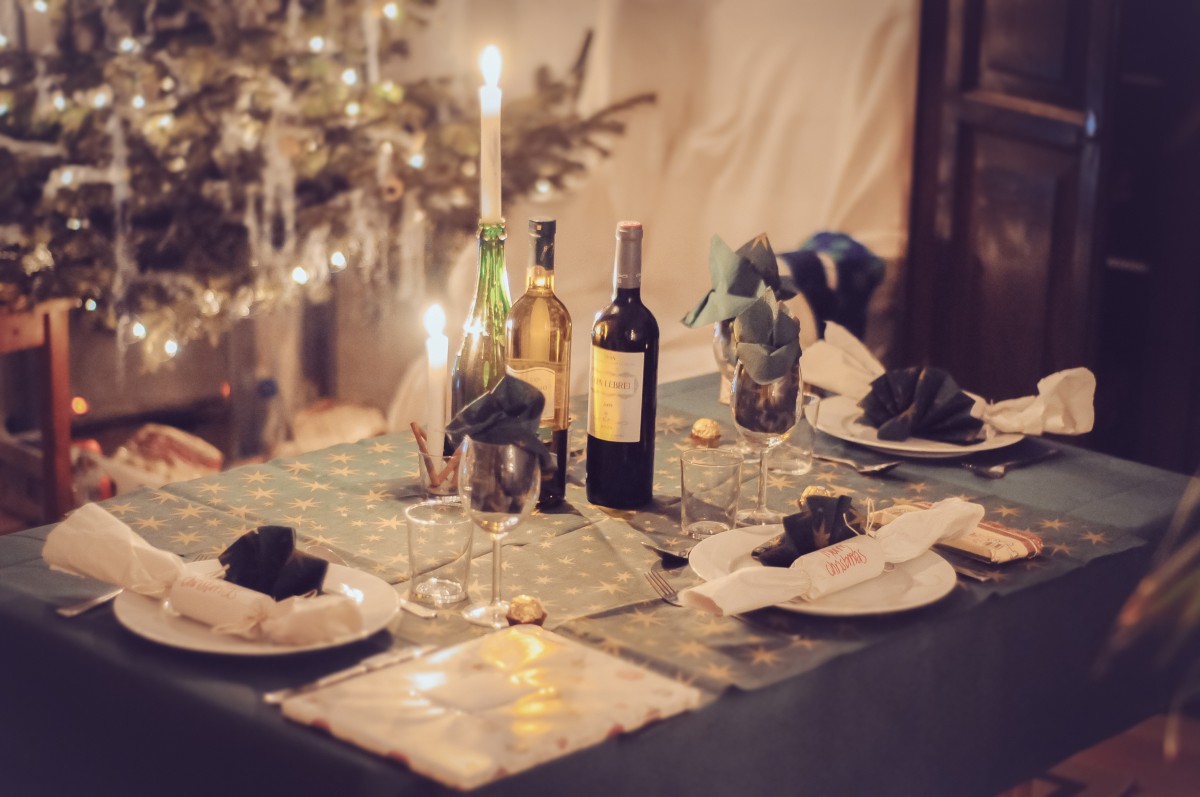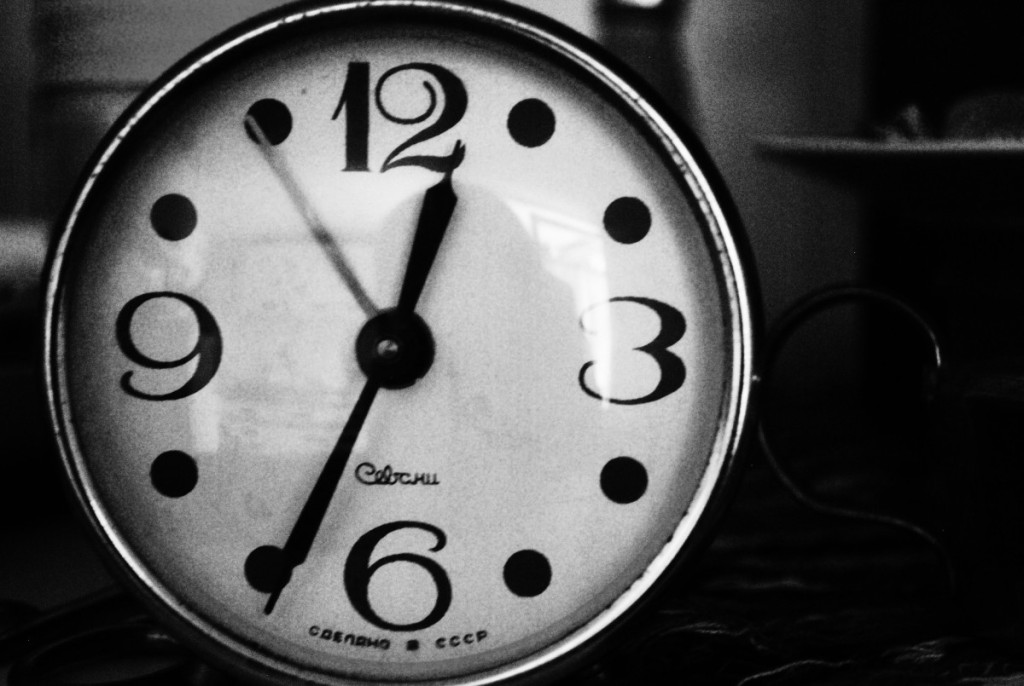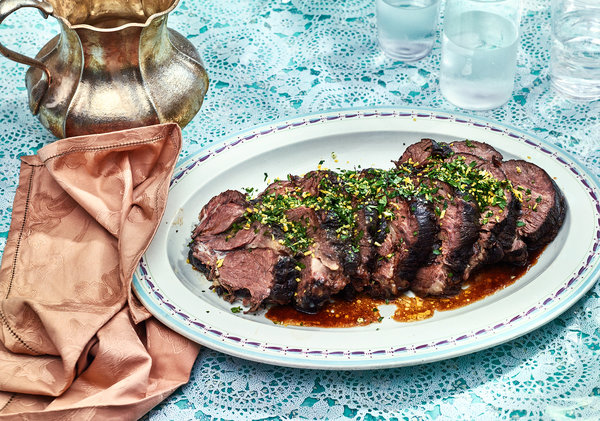
#289
THE LEFTOVERS
20 Jan 2016 By David Fuhrmann-Lim
What to do with all those half-opened bottles of wine? Cook with it, of course. When it’s no long quaffable, it’s still reusable. Here’s how.
BY TAMAR ADLER
It is a new year. We have resolved, and a popular fixture in our resolutions is booze. We used it well: It went into punch. It went into grog. It went into mulled wine, cocktails and eggnog. It went straight in. It began in a trickle that became a geyser. Now we are pickled.
Which is why January, though a poor time for drinking alcohol, is a good time for cooking with it. In particular, with wine — which is, in the elegant and spiritually stirring formulation of Robert Farrar Capon, the late Episcopal priest and cookbook author, ‘‘water that has matured according to nature’s will.’’
Recipes using wine are notably less common today than they were half a century ago, when every fondue pot and chafing dish released rich gusts of boozy vapor. But there is little better use for the thousands of half-empty bottles that litter refrigerators and counters than to help them effect a secular transubstantiation in our dinners. The alcohol in wine evaporates more quickly than water and is mostly gone after 30 minutes’ cooking. What is left is the taste of the grape that made it, among dozens of ghost flavors: cherry, violet, ash, pineapple, fresh leather, apple, black pepper, wet soil, mandarin, lilac or rose. Plus, a light acidity that keeps the palate alive and alert, and an unmistakable elegance that can be neither explained nor ignored.
 Check to see how long you’ve left the wine out as well, it affects the cooking.
Check to see how long you’ve left the wine out as well, it affects the cooking.
I have always found most enticing those recipes that truly rely on wine and demand it in quantity, raw and crude and as it is. The food writer Richard Olney recommends Soupe à la Bourguignonne, ‘‘Red Wine Soup’’: pork fat, butter, onions, flour, water, stale bread, herbs and almost an entire bottle of red wine. There is ‘‘Bavarian Wine Soup,’’ from ‘‘The Wine Cook Book’’ (1934): three parts wine to one part water, sugar, cinnamon, nutmeg and a beaten egg yolk, served with water crackers. Olney also describes a ‘‘typical Bordelais tourain,’’ which is usually eaten during the wine-grape harvest but could stand a winter reprise. Its ingredients are onions cooked in fat, salt, tomatoes, sugar, boiling water, stale bread and dry white wine. ‘‘A native,’’ Olney writes, ‘‘may first eat his sopped bread crust, empty out his (red) wine glass into the soup, and drink the rest from the soup plate, a performance known as faire chabrol’’ — that is, ‘‘to act like a little goat.’’
The simplest way to cook with wine is just to cook in it. A combination of half wine, half water or broth will cook any tough cut of meat flavorfully and subtly. But an even simpler and deeper pleasure can be found in cooking entirely in wine, with occasional pours of broth to keep things balanced, but the responsibility squarely on the shoulders of the juice of the grape. Coq au vin is of this lineage. So is a variation I prefer: coq au vin blanc, or coq au vin jaune, which leaves the old rooster or capon tasting as if it got taken to a party it wasn’t expecting, thoroughly saturated in the complexities of deep dark yellow wine and a long night on the town.

Here is a recipe for Boeuf a la mode
There are a few questions that bedevil those who decide to try their hands at cooking with booze.
What kind of wine? Father Capon wrote the most useful rule: ‘‘White for lighter meats, red for heavier, but don’t make a fetish of it.’’ I lean toward the dry and the light-to-medium-bodied, but nothing too delicate, because the delicacy will be lost in cooking, and nothing too tannic or inky, which will turn to acidic mud.
Can a wine be too good for cooking? Olney writes: ‘‘One may respectfully find a place in the kitchen for a great wine only if heat never comes into contact with it.’’ That makes sense. If a fine wine is going to be put anywhere but a glass, it must stay unchanged until it reaches its final destination.
Can it be too bad? Olney says if you would not drink it, do not cook with it. The former chef Daniel Gritzer recently conducted experiments and found that a wine that started overly fruity and heavy-bodied ended that way, but that a wine that was once good, then oxidized, resulted in a very good dish. This is my theory too — it is mostly the alcohol in the wine that oxidizes when a bottle is open and old. It is also the alcohol that disappears in cooking. Don’t worry if uncooked wine tastes oxidized before it is added to a braise or stew — as long as it tasted good in its past, however distant.
Are there spirits that shouldn’t be cooked in? Scotch, vodka, gin, tequila and moonshine do not make good stew. All of them are, however, capable of sousing and pickling a fish as they are of sousing and pickling a human. And to more attractive ends.
This story first appeared in the New York Times

You might be interested in...
PROWINE SINGAPORE 2024
This is What You Should Look Out For at The Upcoming Prowine Singapore 2024, Which Will be Held From April 23 to 26 at The Singapore Expo.
DRINK HERE: TAJINE
Here, You Can Pair Your Briouates and Mechoui with Moroccan-inspired Cocktails & Delicious Wine
VINEXPO ASIA 2023
Asia's Biggest Wine & Spirits Trade Show Finally Debuts in Singapore With The First-Ever Bettane+Desseauve Le Grand Tasting & Jurade de Saint-Émilion Gala Dinner
PROWINE SINGAPORE 2024
DRINK HERE: TAJINE
VINEXPO ASIA 2023